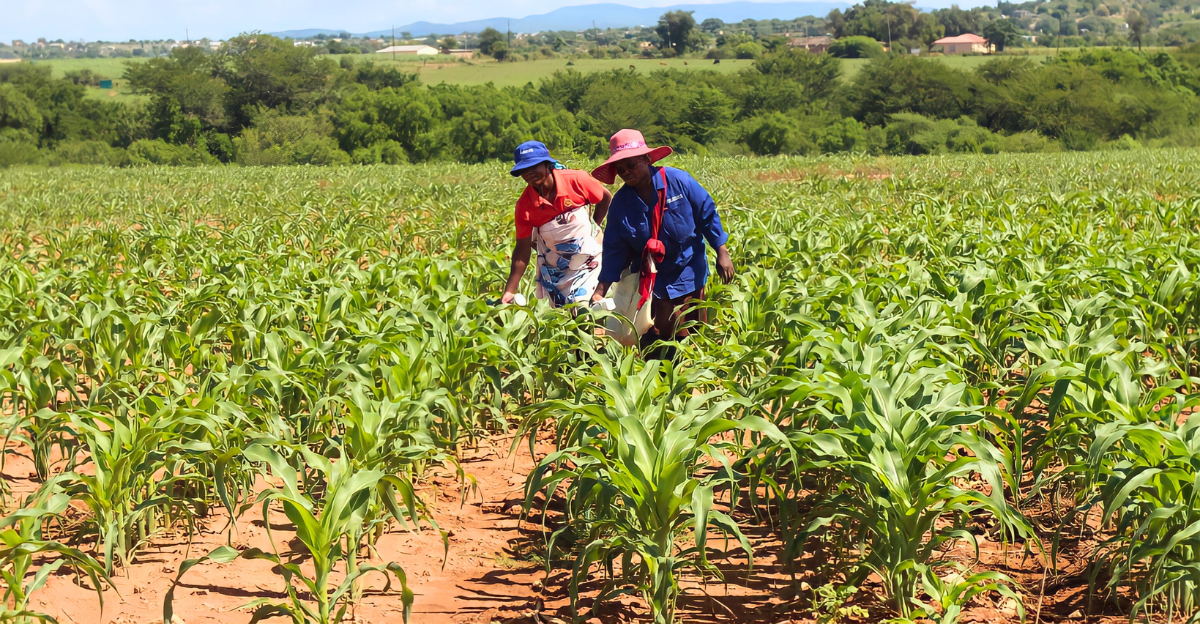
A new study has uncovered that only one country in the whole world can feed its entire population using only home-grown food. Even with years of improvements in farming and bigger global trade networks, most countries must rely on imports to fill their plates. When international relations get tense or bad weather hits, the ability to survive using local resources becomes even more important for every nation.
What makes Guyana stand out is its ability to provide all seven key food groups, meat, fish, dairy, grains, fruits, vegetables, and plant-based proteins, without needing imports. Dr Jonas Stehl, lead researcher at the University of Göttingen, warns that countries that can’t feed themselves could face big risks if the world faces more food shocks.
Why Feeding Ourselves Matters
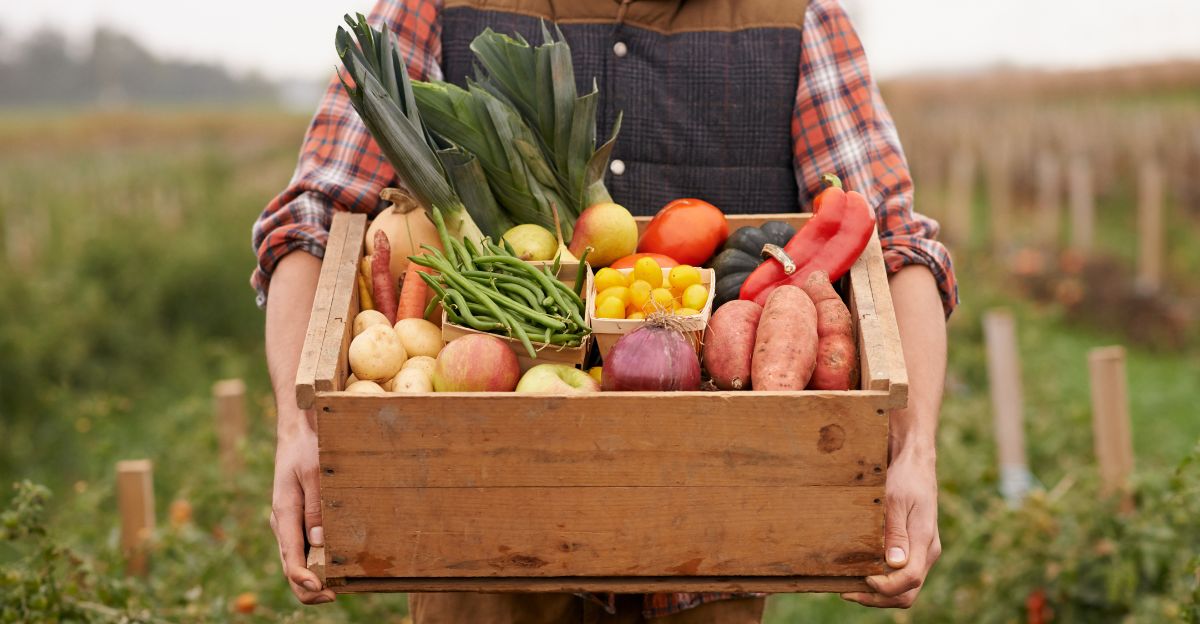
Most countries can’t grow every kind of food people need to stay healthy, so they rely on imports to cover the basics. This means billions of people worldwide could face shortages if wars, disasters, or trade arguments slow down deliveries. In 2025, scientists from Germany and the UK studied how well 186 countries can feed themselves using just their own farms. They looked at seven main food groups: grains, beans, fruits, vegetables, dairy, meat, and fish.
Worryingly, many countries came up short, some couldn’t even produce enough of a single food group. Caribbean islands, African nations, and parts of the Middle East are especially at risk. If global trade stops, these places could struggle to keep everyone fed. “International food trade and cooperation are essential for healthy and sustainable diets. However, heavy reliance on imports from a single country can leave nations vulnerable,” warns Stehl.
What Does “Feeding Yourself” Mean?
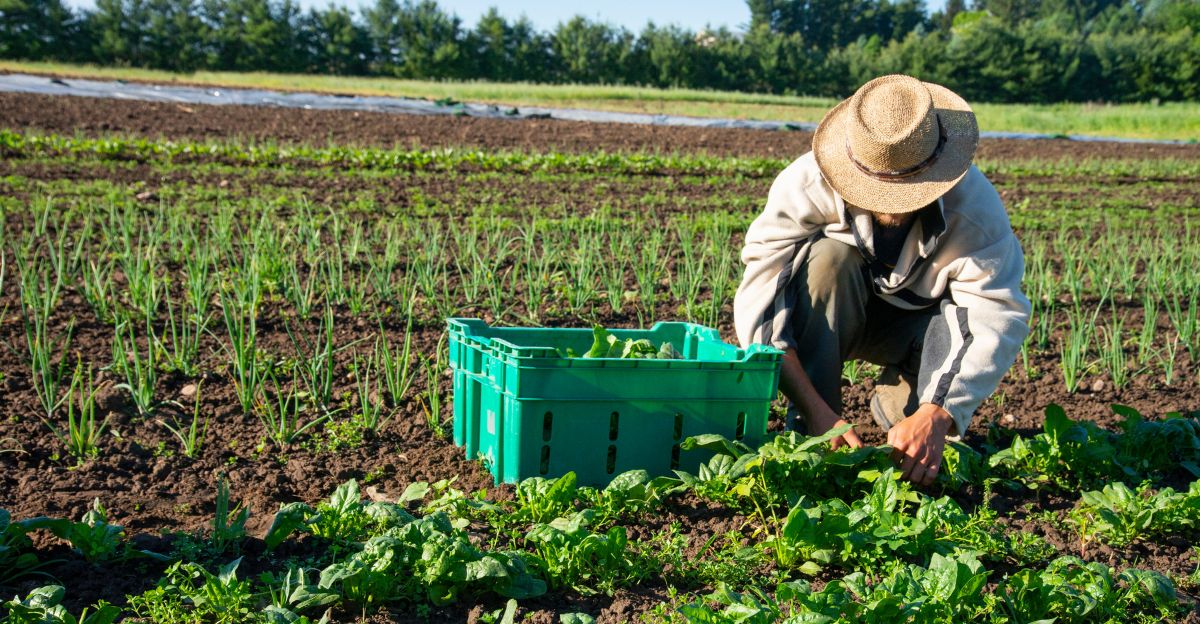
Being truly self-sufficient in food means a country can provide enough fruits, vegetables, dairy, fish, meat, plant-based proteins, and staple crops for everyone, using only what’s grown inside its borders. Scientists didn’t just check if nations made some crops in excess, they measured if every nutrition guideline could be met with home-grown supplies.
Many countries failed this test, mostly because they don’t raise enough nutrient-rich plants, beans, or animal foods. For example, fewer than half of the nations produce enough legumes, nuts, and seeds for their people. Only one-quarter can meet vegetable needs all by themselves. “Self-sufficiency is not just about plenty; it’s about supplying every essential food,” explained Alexander Vonderschmidt, University of Edinburgh.
How the Study Worked
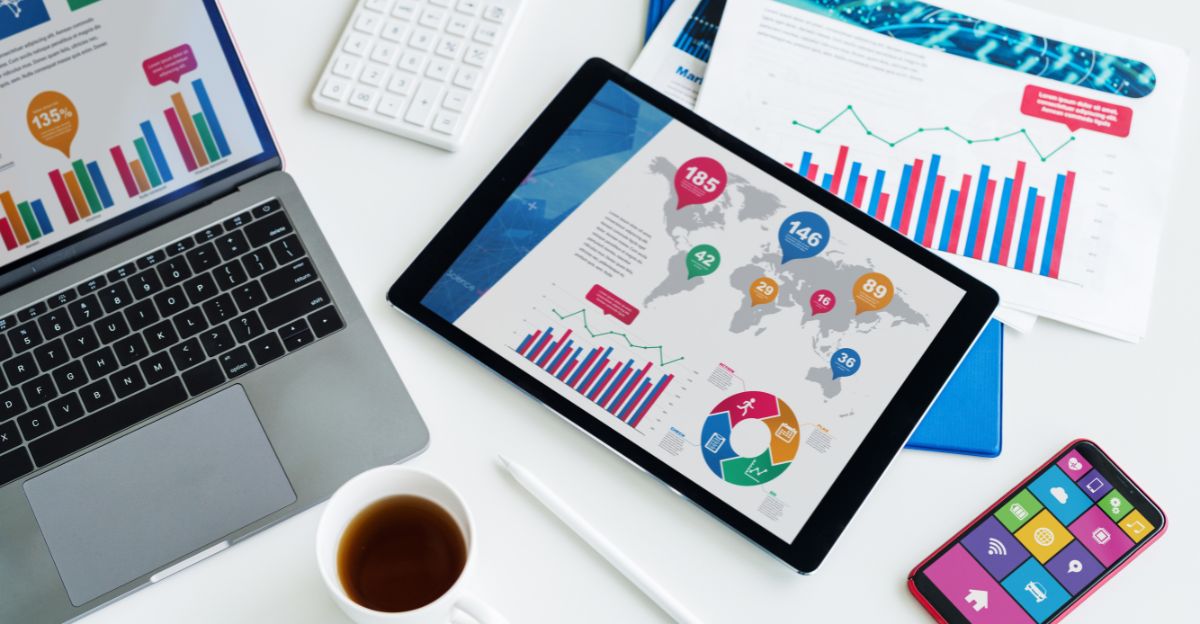
Researchers set out to measure how well countries feed themselves by looking at data from 186 nations. They checked how much each country grew, exported, and consumed seven types of food. Using this, they compared local harvests to nutrition guidelines from the World Health Organization. The results spotlighted which regions were strong and which were vulnerable.
Parts of Europe and South America were close to covering most categories, but small island nations, the Arabian Peninsula, and many poorer countries were far from self-reliant. “Caribbean countries rely heavily on food imports. Guyana is an outlier,” explained an expert from the CARICOM regional alliance.
The winner – Guyana
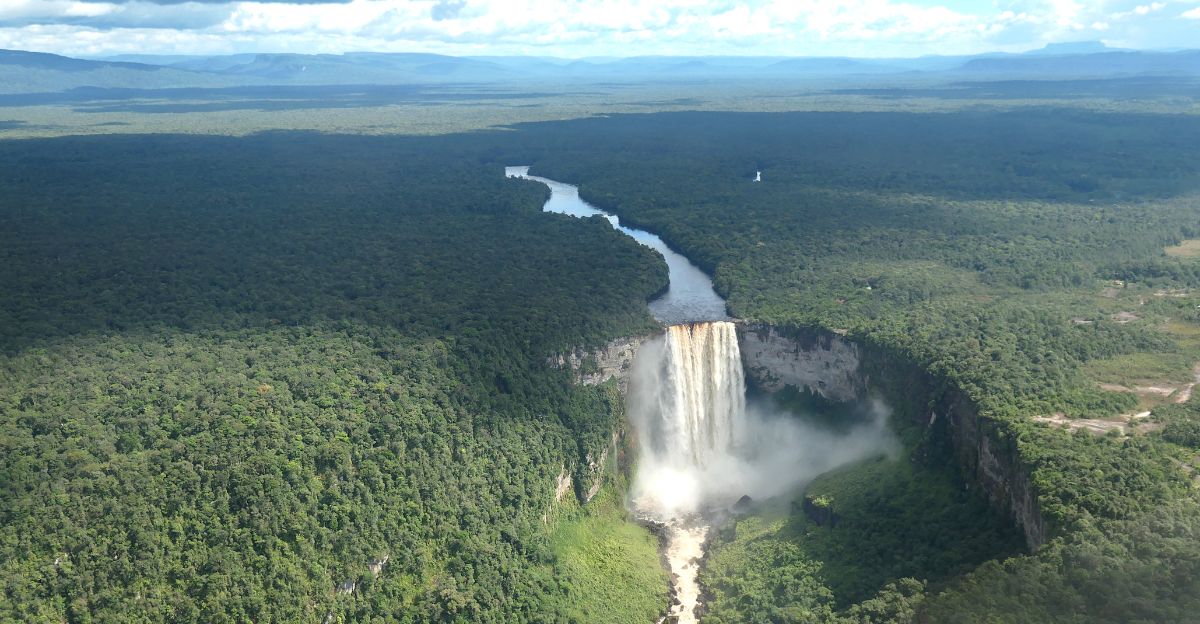
Guyana, a small country on South America’s coast, was the only nation found to provide all the food its people need from local sources. With about 800,000 residents, Guyana grows enough rice, beans, fruits, vegetables, eggs, meat, and fish for everyone. Other countries, like China and Vietnam, came close, six out of seven groups, but still needed imports for some foods.
Countries in Africa and the Caribbean often can’t cover even half their needs. “Guyana stands alone in reliably feeding its own citizens—it’s a remarkable achievement,” said Dr. Stehl.
Why Guyana Succeeds
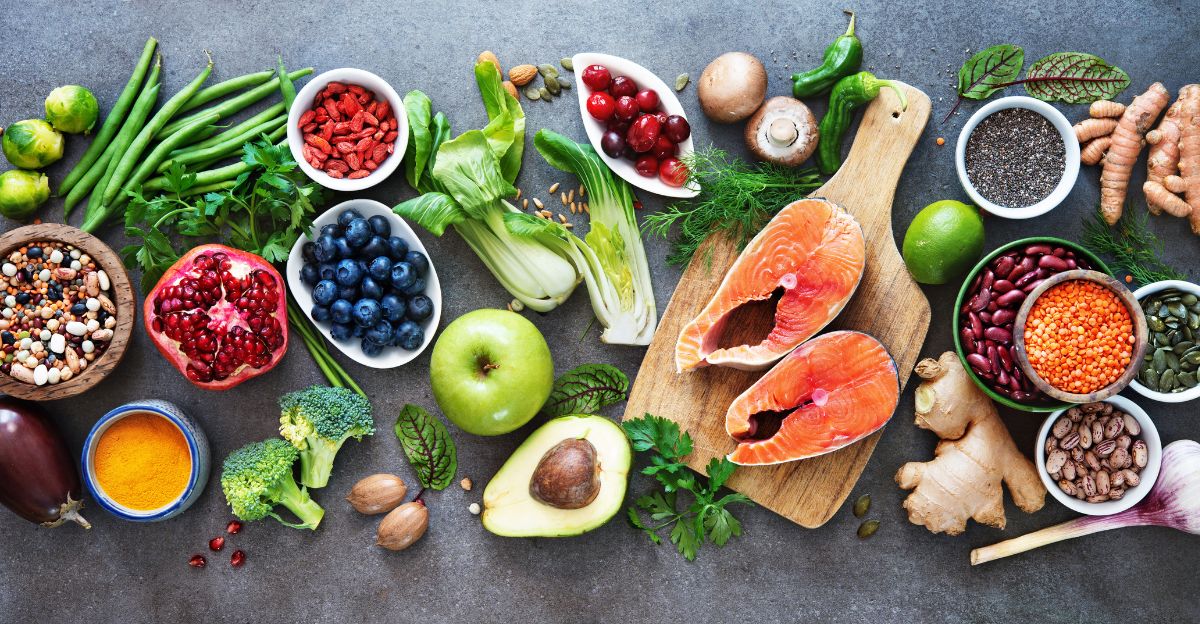
Guyana’s food independence didn’t happen by accident, it’s the result of smart planning and big investments. Since 2020, the government has boosted spending on agriculture by 468%. They poured billions into growing rice, helping farmers hatch more chickens, expanding cattle and fish farming, and encouraging beekeeping. Initiatives include removing VAT on machinery to make farming cheaper and launching a fertilizer support program, giving farmers free fertilizer for every acre they plant.
Honey production has shot up thanks to extra beehives, and large swaths of land now support corn and soy. President Mohamed Irfaan Ali says, “We’re proving that investing in our farmers and land is the key to feeding our people.”
Making a Difference for People
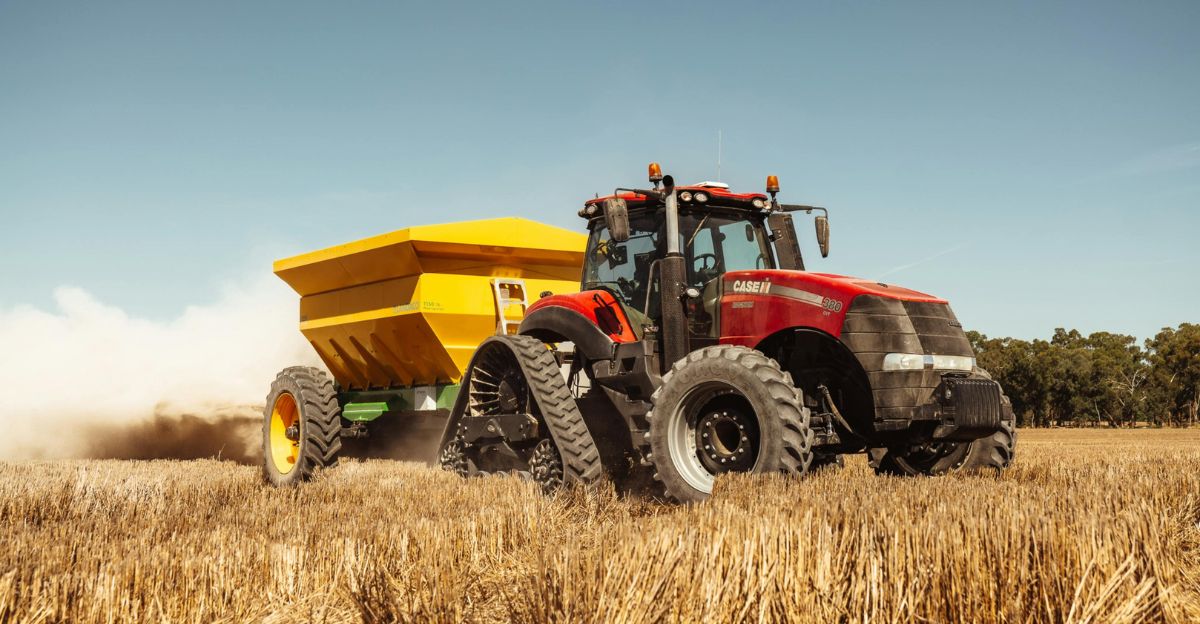
Guyana’s food system supports more than 5,500 farmers by providing new opportunities in poultry, aquaculture, and honey production. As the country’s harvests grow, families in both cities and remote villages can count on a steady supply of healthy food.
“Our policies give Guyanese families access to affordable, nutritious food,” says Agriculture Minister Zulfikar Mustapha. These changes create stronger communities, safer jobs for farmers, and better health for everyone.
How the World Compares
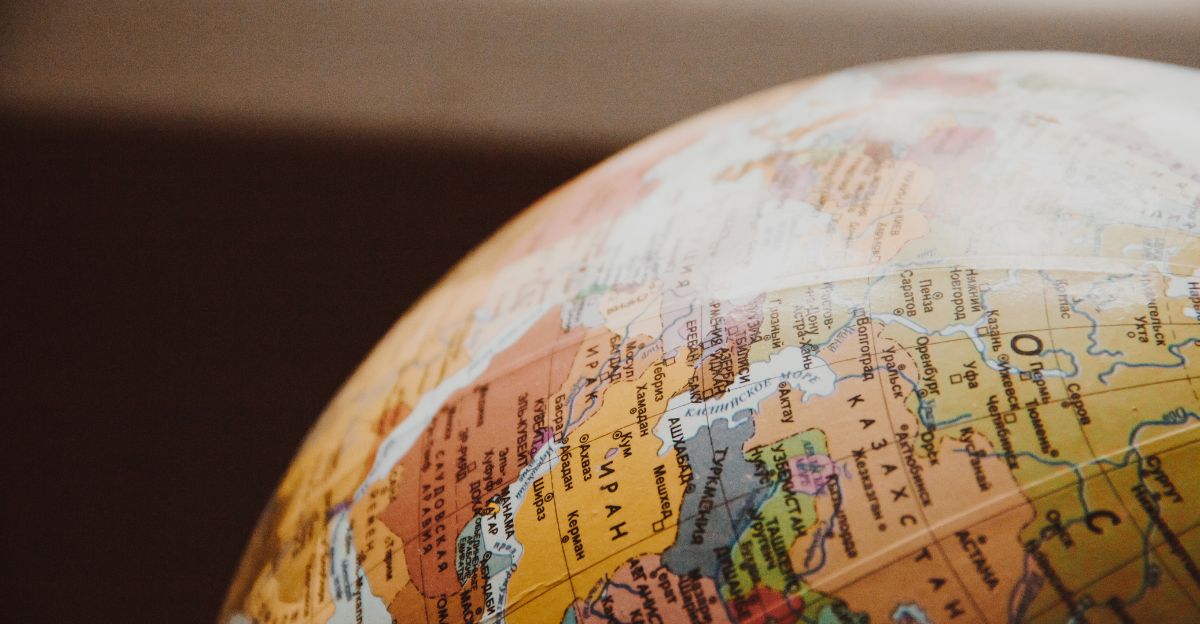
While Guyana is fully self-sufficient, China and Vietnam are close behind, growing enough food in six of seven major categories. Many richer countries, especially in Europe and North America, nearly succeed but often miss out on plant-based proteins or diverse vegetables. More than a third of nations can only cover two or fewer food types themselves, leaving them exposed if imports slow down.
Small islands and poorer nations face the highest risks for shortages. “Vietnam’s dual capacity—producing enough food for both exports and domestic needs—is seen as a key strength,” says researchers in Nature Food.
Why Import Dependence Is Risky
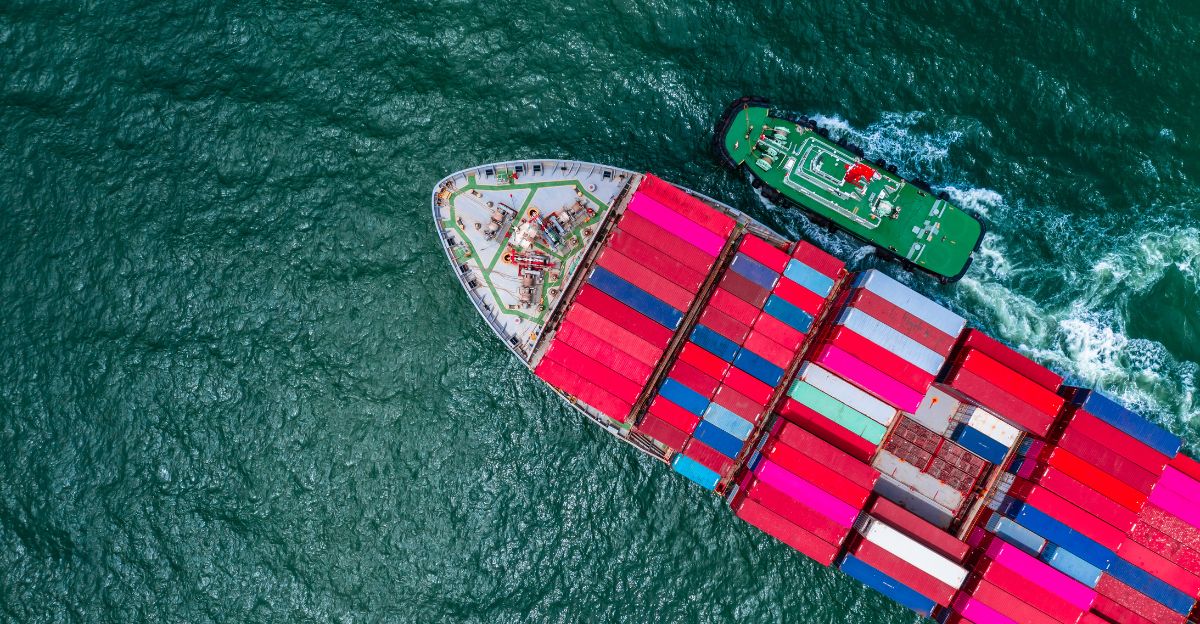
When countries lean too much on imported food, any disruption can cause shortages and price spikes. Because many nations rely on just a few suppliers for essentials like rice, wheat, or soy, a problem in one place quickly affects diets worldwide. The new Jameel Index shows how fragile global food trade can be, especially during crises.
Experts warn that these vulnerabilities threaten health and economic growth everywhere. “Countries that rely heavily on food imports must diversify their sources to reduce the impact of supply chain disruptions,” notes UN Trade and Development research.
The Problem of Uneven Production
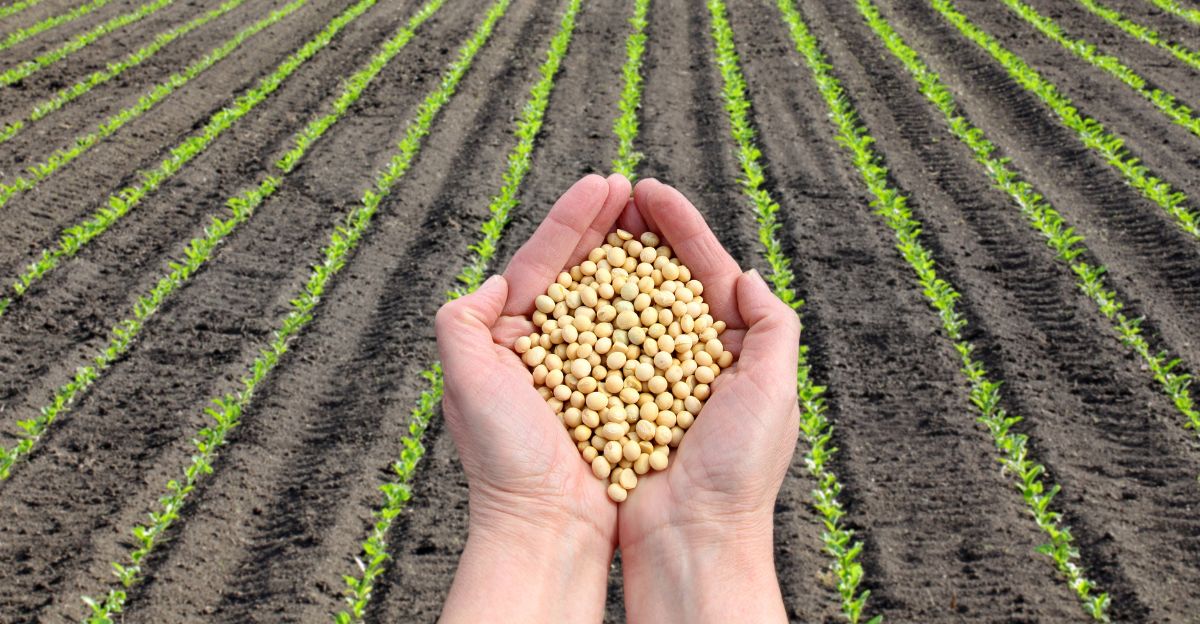
The latest research shows that most countries make too much of some foods, but not nearly enough of others. Over 65% of nations produce more animal products than needed, while less than a quarter are able to grow enough vegetables on their own. This imbalance in farming can make diets less healthy and increase risks for things like heart disease or nutrient deficiencies over time.
Without enough focus on growing nutrient-rich crops, countries miss key building blocks for healthy meals. Experts at the International Food Policy Research Institute say, “Food systems remain too exposed to shocks. Many policies focus on short-term gains rather than preparing for persistent crises”.
Caribbean Leads With Vision 25
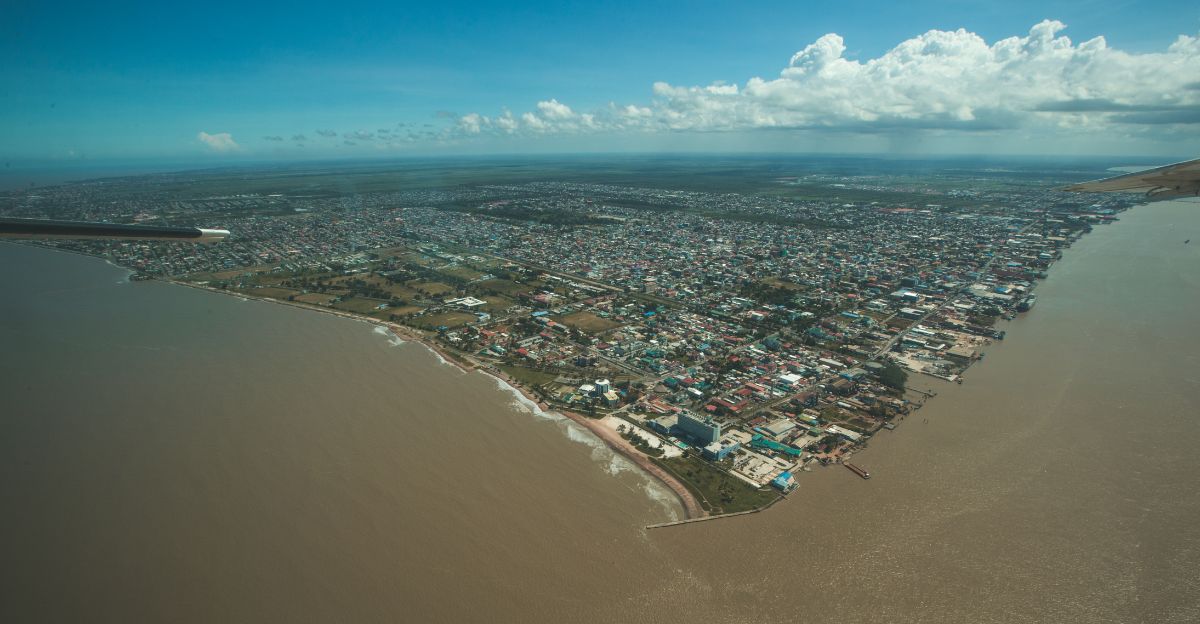
Guyana is not just a role model for its citizens; it’s leading the Caribbean in a big initiative to improve local farming and reduce reliance on imports. The CARICOM “Vision 25 by 2025” plan has governments working together to cut the region’s import bill by 25% by the end of 2025. They meet monthly to push new agricultural policies, invest in climate-smart farming, and digitize record keeping for crops.
Regional plans like this show Caribbean leaders are serious about food security, but the challenges are large. West African nations are testing similar strategies by focusing on staple crops like yams and beans, but still face tough obstacles. “Working together is how Caribbean states will guarantee food and nutrition security for all,” say CARICOM planners.
Who’s Affected Most?
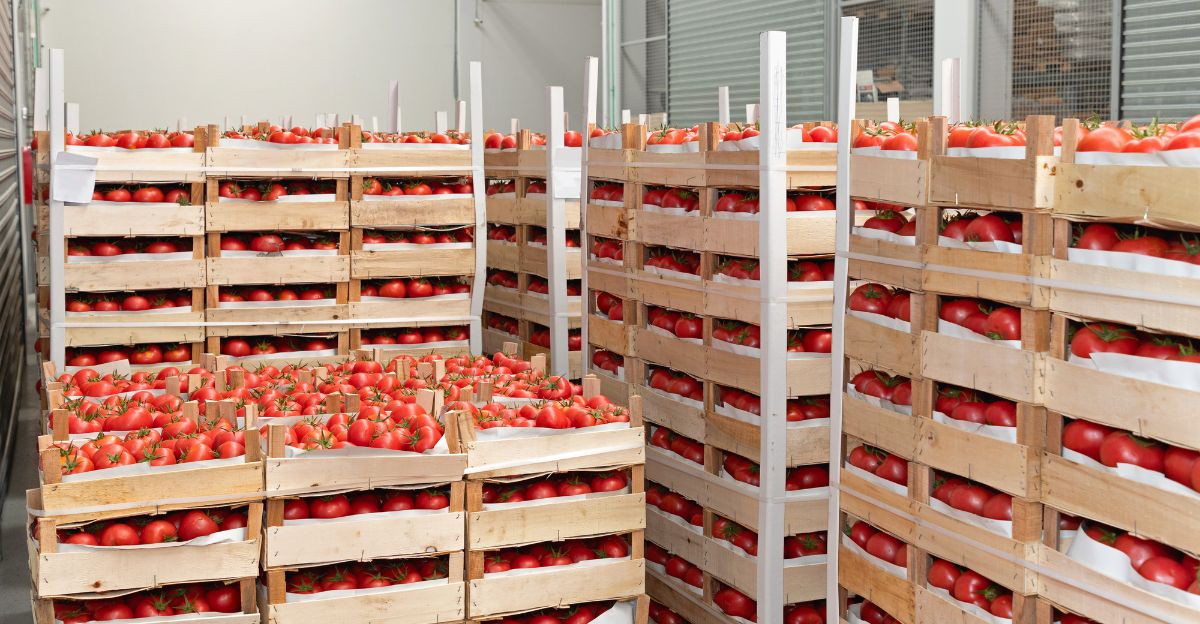
Some regions face greater risks than others when it comes to food dependence. Six Middle Eastern countries struggle to meet local needs in any of the seven key food groups, relying heavily on imports for basics. In Africa, long supply chains and unpredictable transport cause even more food loss before it reaches families.
Wealthier nations aren’t immune and come up short on fruits and must buy from abroad to fill the gap. “Under current trends and severe impacts of climate change, the food import dependency of the MENA would continue to rise and reach 50% in 2050,” warns a report in Food Policy.
Guyana’s Smart Farming for the Future
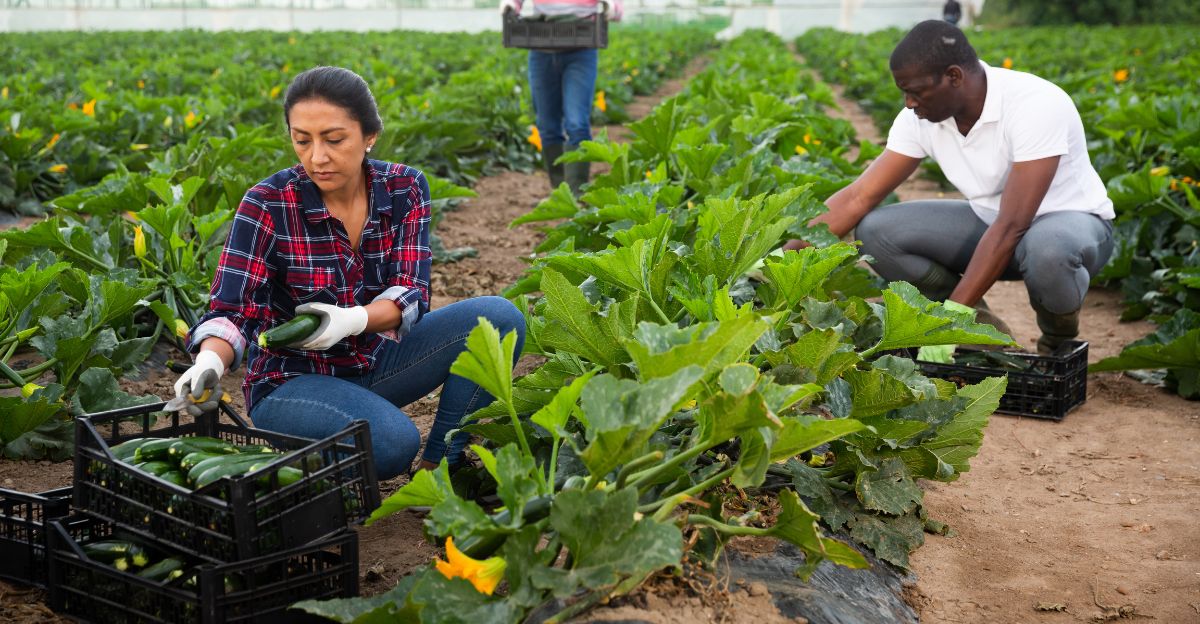
The government has spent billions upgrading farm-to-market roads, launching new irrigation projects, and supporting farmers with advanced tools like hydroponics and shade houses. These modern techniques help farmers grow crops even during heatwaves or floods, while digital “situation rooms” give farmers instant updates and advice on their farming activities.
“We must ensure our agricultural systems are capable of weathering shocks in the future,” says President Irfaan Ali. By focusing on creative solutions and listening to farmers, Guyana is making sure its food systems are not only productive but also tough enough for whatever comes next.
Experts Warn About the Global Food Risk
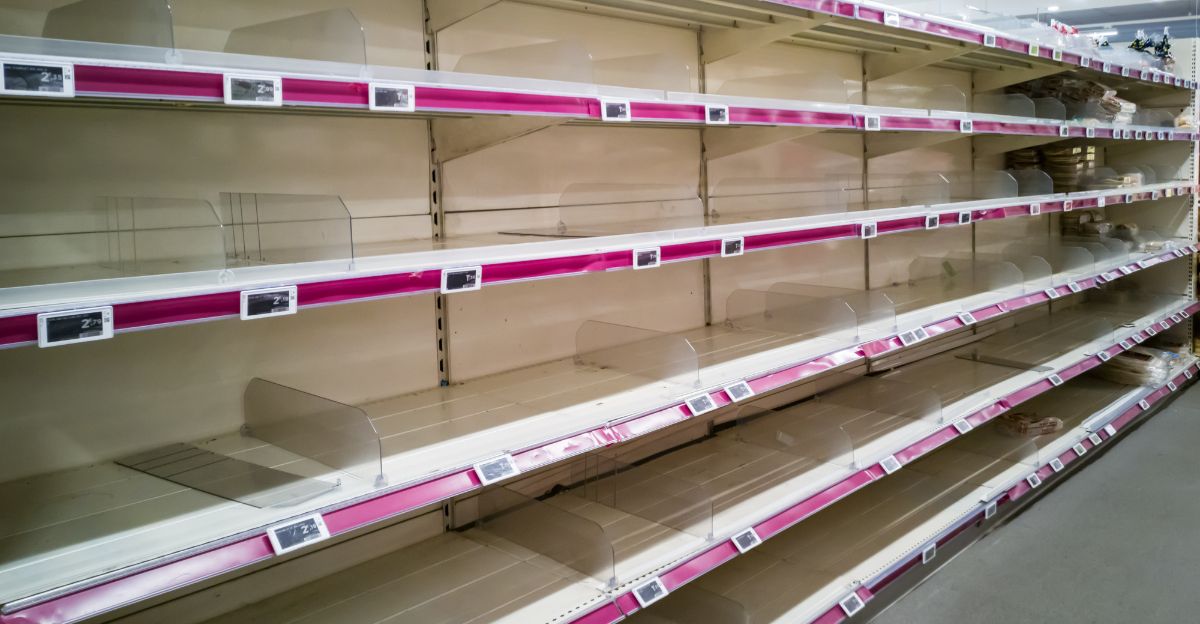
Specialists agree that sharing food between countries is how billions eat, but they also urge nations to prepare for disruptions. Jonas Stehl, explains, “International food trade and cooperation are essential for healthy and sustainable diets. However, heavy reliance on imports from a single country can leave nations vulnerable.”
Gilberto García-Vazquez, chief economist at the Observatory of Economic Complexity, adds, “The concentration of global food exports in a few efficient countries can be good, but fragility rises when there’s trouble.” The World Bank and International Food Policy Research Institute also stress the need to diversify food sources and encourage innovation at home.
Can Others Follow Guyana’s Lead?
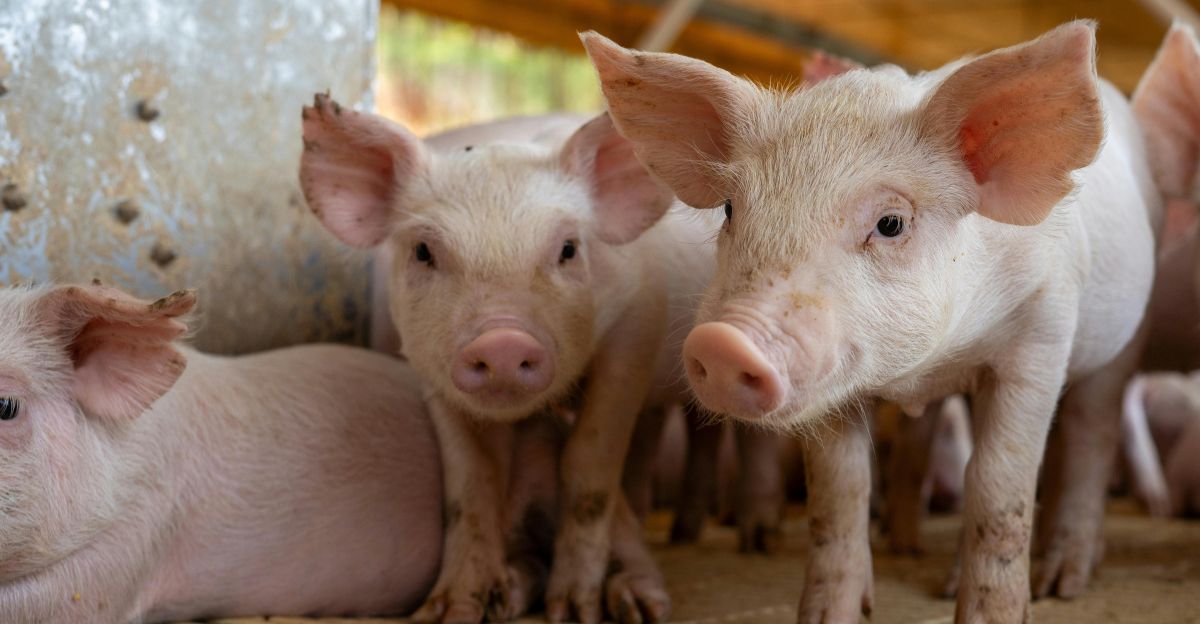
Reaching Guyana’s level of self-sufficiency is tough for other nations, especially as climate emergencies, population growth, and conflict make farming harder. Experts say countries will need to invest heavily in things like new technology, better infrastructure, and training for farmers to have any chance at success.
“The urgency to transform food systems has never been greater,” says the latest Global Food Policy Report from IFPRI. As more countries rethink their strategies, experts hope that lessons from Guyana spark long-term change across the globe.
New Laws and Policies Changing Food
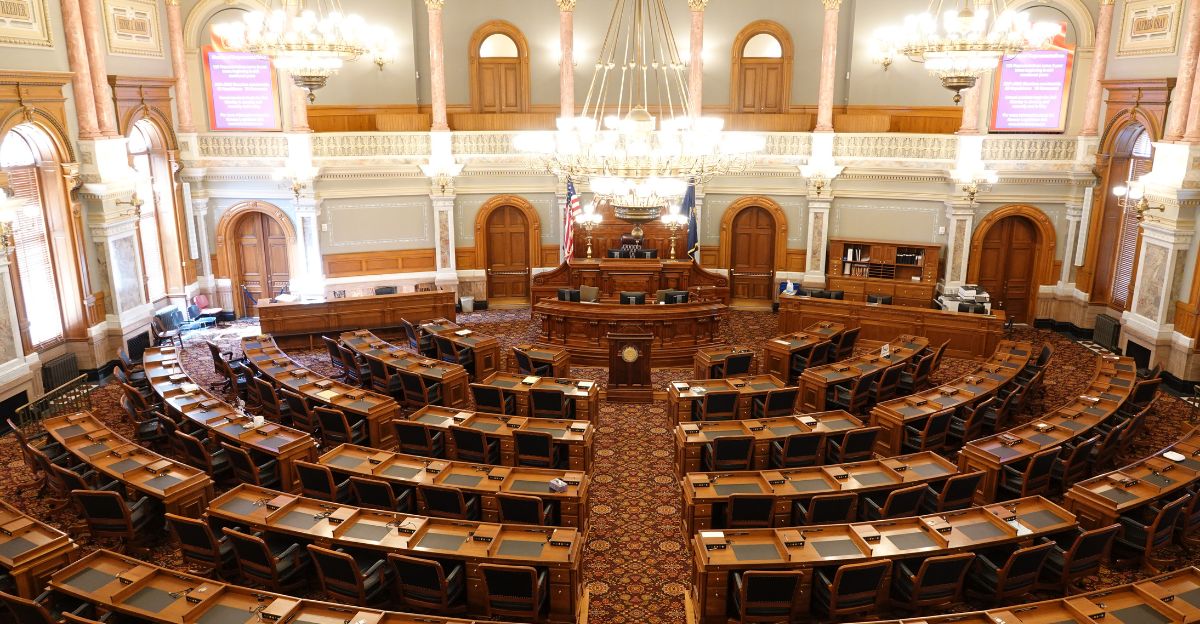
Governments worldwide are making new laws and policies to secure food supplies and protect the environment. Guyana’s parliament has passed acts supporting “climate-smart” and “circular” farming practices for long-term resilience. In the European Union, new rules will soon require food producers to label their products with sustainability scores and meet strict standards for added sugars, salt, and fat.
This widespread push aims to make farms greener, cut waste, and encourage people to eat healthier. Lawsuits and policy debates have also spotlighted the environmental impact of agriculture. As experts note in the OECD-FAO Agricultural Outlook, “Strong international cooperation, combined with ambitious new regulations, is vital for future food security and sustainability.”
Industry Feels the Impact
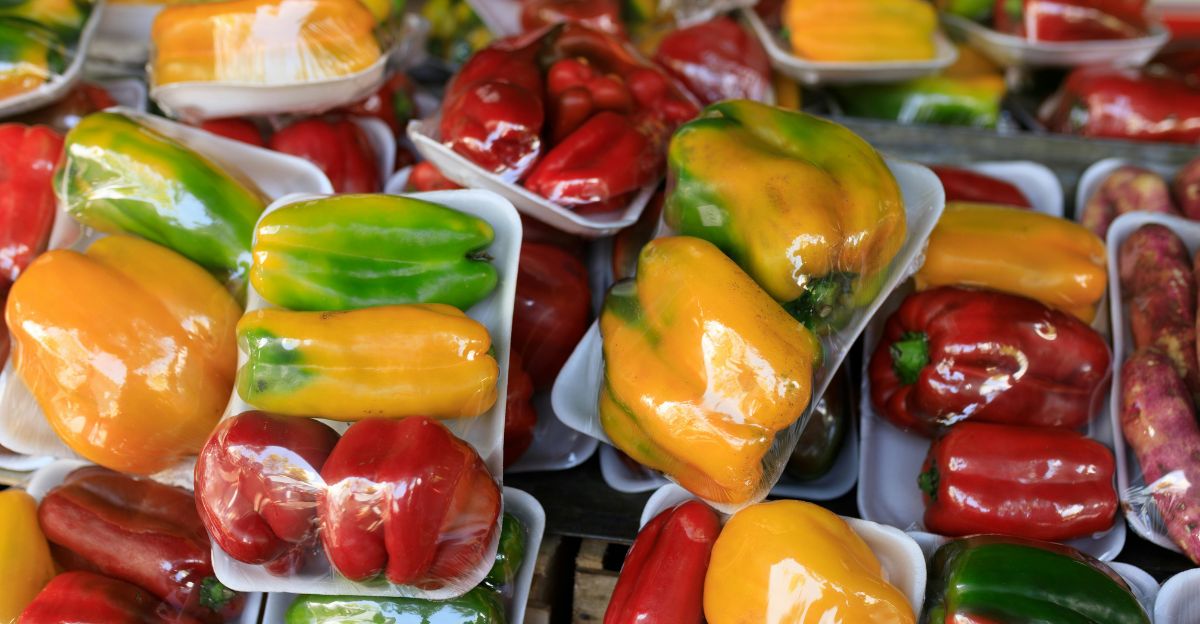
The challenge of food self-sufficiency reaches beyond farms, changing logistics, tech, manufacturing, and even energy and medicine industries. Supply chains face pressure as countries try to buy more home-grown ingredients and build new storage and transport systems. Biotechnology companies are investing in hardy seeds and farming robots, while manufacturers look for ways to process and package food locally.
In other areas, like energy and pharmaceuticals, relying too much on imports can cause similar problems if trade stops or prices spike. The ripple effect means that building stronger local systems is becoming a top priority not just for governments, but for businesses everywhere.
Getting the News Out There

Some posts overstate how easy it is to achieve self-sufficiency, while others ignore the tough realities facing most nations. Researchers found that posts with misleading claims often get shared faster than accurate news, shaping public opinion and pressuring politicians to make hasty decisions.
That’s why food scientists, government agencies, and journalists are working together to keep facts clear and help people understand the real risks and solutions.
What the Past Has Taught Us
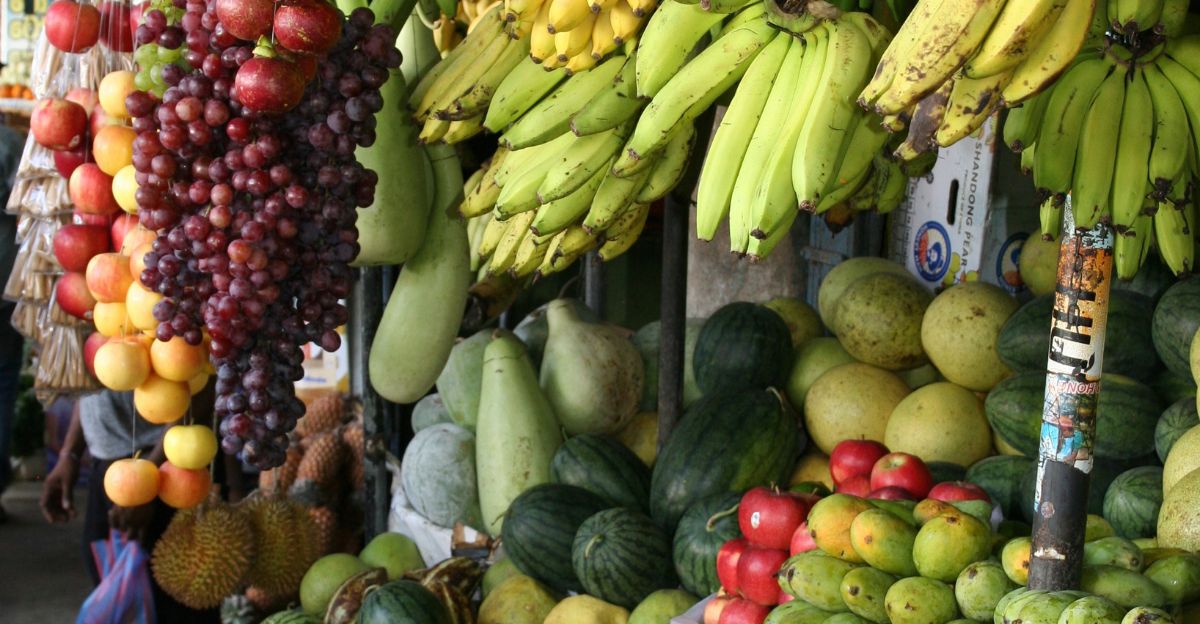
History shows that food supply problems can strike fast and have lasting effects. Events like the COVID-19 pandemic and the war in Ukraine blocked trade routes and sent food prices soaring. These crises highlight how global food systems depend on many moving parts, and when just one fails, millions can suffer from hunger or malnutrition.
Experts from the Stockholm Resilience Centre explain, “Only a third of the world’s population lives in nutritionally self-sufficient countries. Interconnectedness and simplicity add risks to food supply, making international cooperation and local action essential”.
Invest in Resilience Now
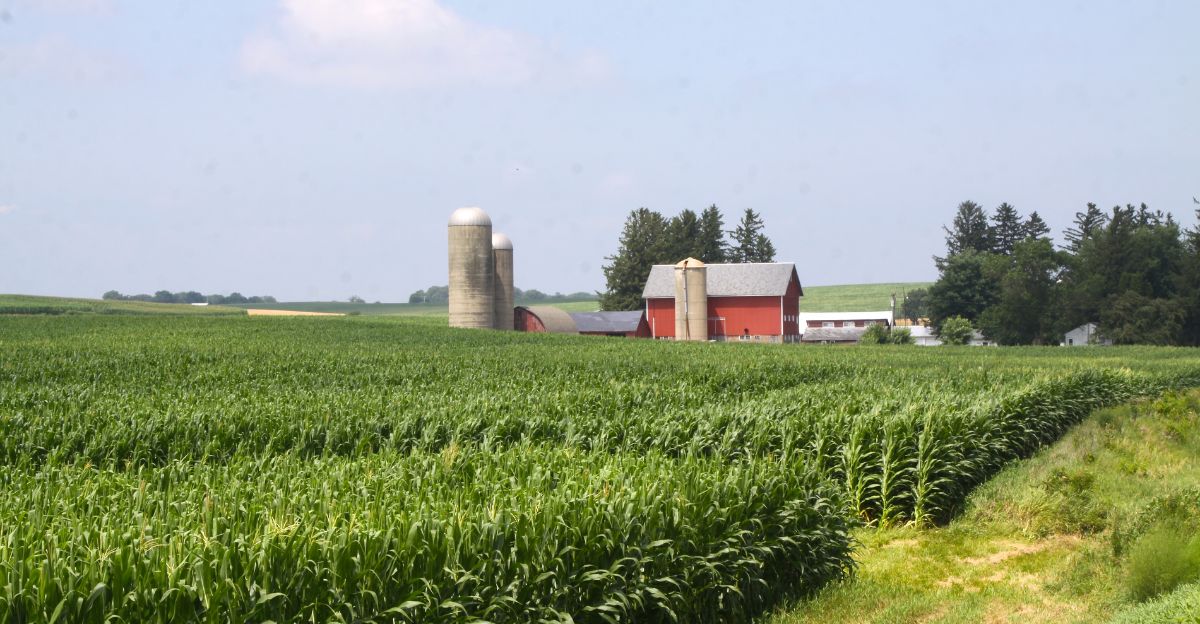
Guyana sets an example as the world’s only country able to meet all its food needs with domestic production, but most countries aren’t so lucky. Over 80% of people worldwide depend on imported food in some way, leaving them exposed when disasters, conflicts, or climate change hit.
“To truly reduce global food risk, every nation must strengthen its local systems while keeping international cooperation strong,” says food security analyst J. Clapp. The world is changing fast, and countries must act now to protect health, stability, and nutrition for the future.